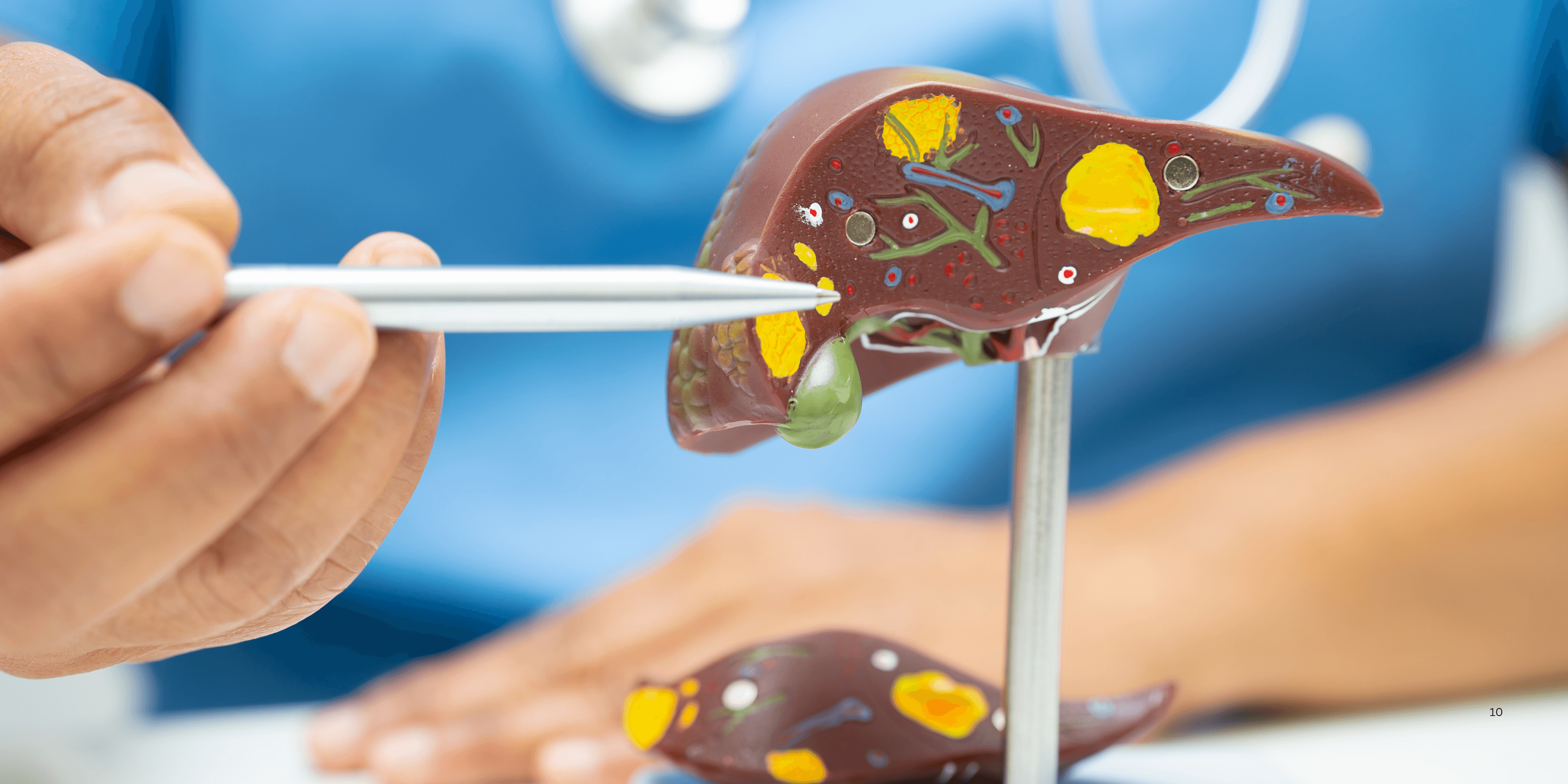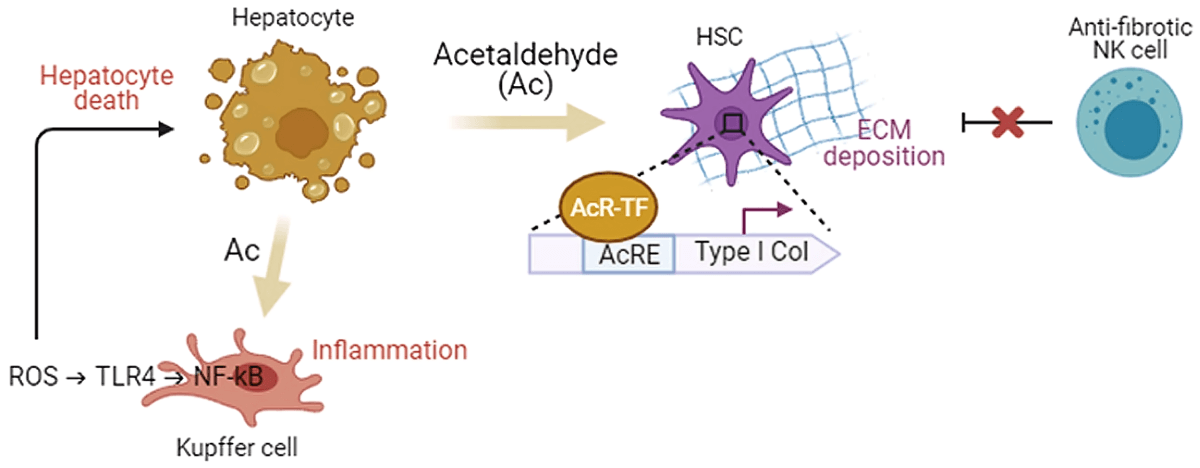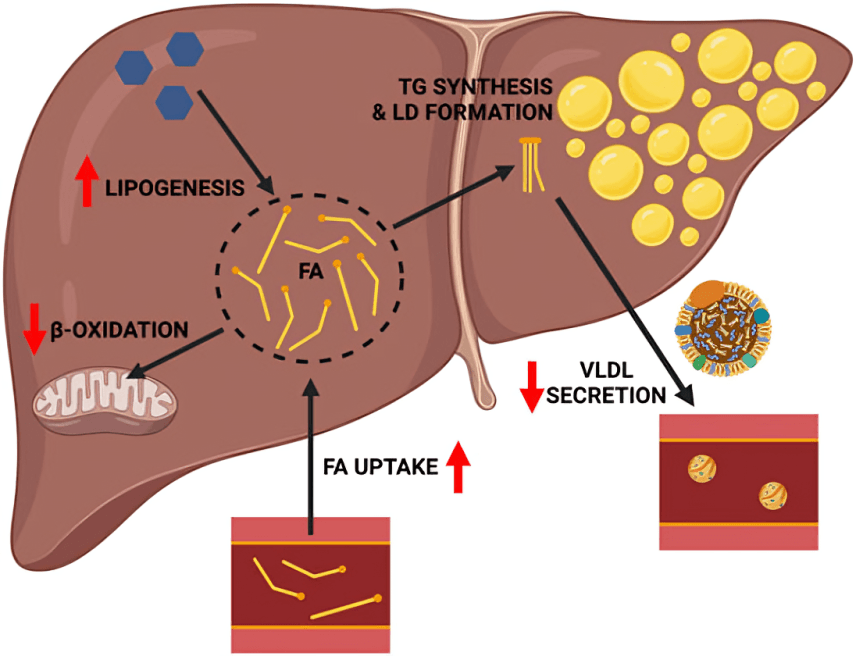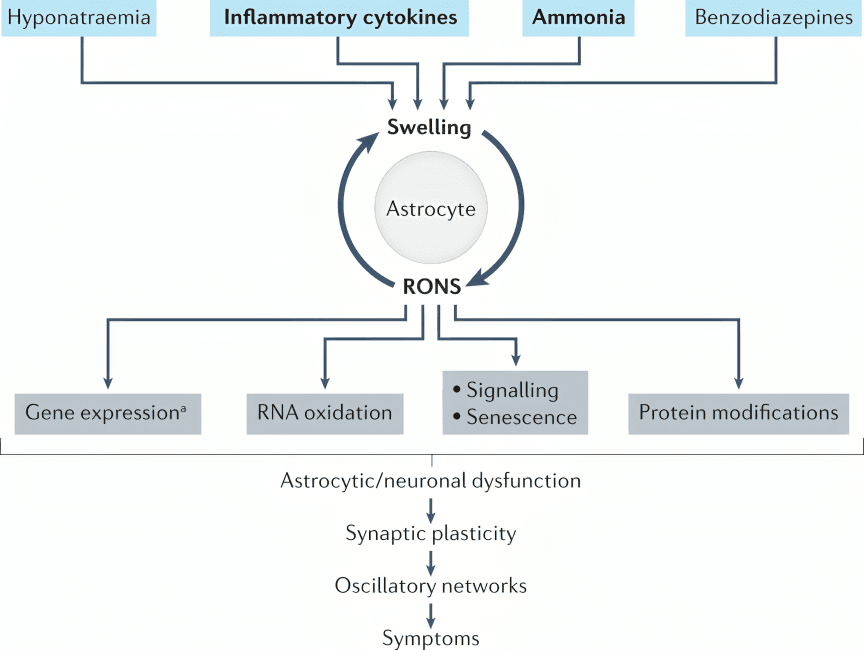
“
Alcohol's effects on liver and brain can be profound and far-reaching. When consumed regularly or in excess, alcohol interferes with vital functions in these organs, often causing long-term damage. Understanding how alcohol affects the liver and brain is essential for maintaining overall health and making informed lifestyle choices.1
1
”
Doctors agree that alcohol is a toxin that the liver must process, and excessive intake overwhelms the liver’s ability to detoxify, leading to fat buildup and inflammation known as fatty liver disease.1
Alcohol consumption disrupts communication between brain cells by altering neurotransmitters, which can impair memory, coordination, and decision-making even after moderate drinking. 2

The liver breaks down about 90% of alcohol consumed; when overwhelmed, it produces harmful byproducts like acetaldehyde that damage liver cells and increase the risk of cirrhosis.
Chronic alcohol use causes brain shrinkage, particularly in areas responsible for cognitive functions and emotional regulation, resulting in difficulties with learning and mood stability. 3
Alcohol suppresses the production of new brain cells in the hippocampus, a critical region for memory formation, which contributes to impaired recall and learning. 4
Heavy drinking increases the risk of developing alcoholic hepatitis, an inflammation of the liver that can cause pain, jaundice, and potentially fatal liver failure. 5
Alcohol reduces the brain’s ability to produce important chemicals like serotonin and dopamine, which are essential for mood regulation and can lead to depression or anxiety. 6
The liver attempts to regenerate damaged cells, but continuous alcohol abuse can overwhelm this capacity, leading to irreversible scarring and cirrhosis that disrupts liver function. 7
Even short-term alcohol intoxication alters brain function, impairing judgment and motor skills, which is why it’s dangerous to drive or operate machinery under the influence. 8

Alcohol alters lipid metabolism in the liver, causing fat to accumulate and increasing the likelihood of developing non-alcoholic fatty liver disease alongside alcohol-induced damage.
Alcohol impairs the blood-brain barrier, allowing toxins to enter the brain that can cause inflammation and long-term neurological damage. 9
Prolonged alcohol use can lead to Wernicke-Korsakoff syndrome, a brain disorder caused by vitamin B1 deficiency that results in severe memory loss and confusion. 10
Alcohol affects the liver’s ability to regulate blood sugar, increasing the risk of hypoglycemia and contributing to metabolic disorders. 11
Drinking alcohol affects the brain’s reward system by flooding it with dopamine, which reinforces addictive behavior and makes quitting challenging. 12
Brain white matter, which facilitates communication between different brain regions, deteriorates with chronic alcohol abuse, leading to slower processing speeds and cognitive decline. 13

The liver’s inability to filter toxins during alcohol abuse results in hepatic encephalopathy, a condition that causes confusion, memory problems, and even coma.
Alcohol can cause peripheral neuropathy by damaging nerve cells, leading to pain, numbness, and weakness, linking brain and liver health to nervous system effects. 14
Liver damage from alcohol alters hormone metabolism, affecting mood, energy, and overall brain function through hormonal imbalances. 15
A philosopher once noted that alcohol “fools the mind by dulling pain but often deepens it by harming the body’s control centers,” reflecting the long-term risks. 16
Ultimately, physicians emphasize that preventing alcohol damage requires awareness, moderation, and early intervention to protect both liver and brain health from lasting harm. 17


